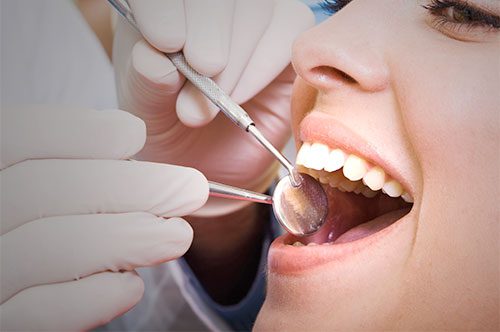Imagine having your tooth extracted but without local anesthetic – it’s unthinkable! Even with several injections given by your dentist, you can still feel the tooth as it is rocked back and forth until it is finally released. Without a local anesthetic, the procedure would be totally unbearable, so painful that historically, it had been apparently a torture method to force out confessions.
Thanks to this medication, tooth extractions and all other dental treatments can be done with as little pain and stress as possible. Immediately upon being injected into the gum or inner cheek, local anesthetics work to numb the part of the mouth or area around where the treatment will be done, the most common of which is lidocaine.
Before injecting a local anesthetic, the dentist will first numb the part of the mouth where the needle will be inserted, by swabbing it with some skin numbing gel. Upon injecting the needle, the patient will then feel a slight sting not from the skin being punctured but rather from the anesthetic moving into the tissue.
Since the dosage of the local anesthetic should outlast the procedure to avoid any pain from kicking in while the treatment is ongoing, the numbing can still be in effect even after the treatment is completed. This means you may have some difficulty in speaking, eating or drinking as you wait for the anesthetic to wear off.
Since a shot of local anesthetic can also trigger an intense allergic reaction when it interacts with certain drugs, you should disclose which medication you are taking even if these are just simple vitamins or supplements or other over-the-counter drugs. At Newman Springs Dental Care in New Jersey, Lincroft dentist Dr. Mitchel Friedman and his team will thoroughly evaluate you and check for this information before you undergo any procedure at their facility. Please call 732-352-3903 for an appointment at this Lincroft dental clinic.
Visit Newman Springs Dental Care
We can see you as soon as tomorrow!





